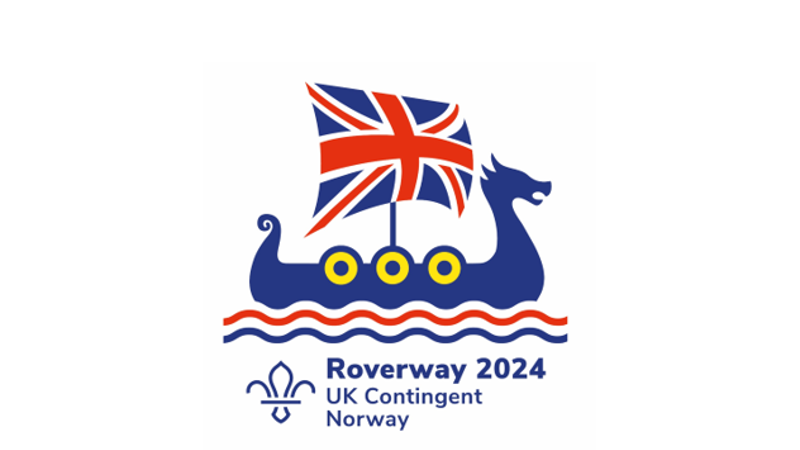
Plan a sustainable Scout camp or sleepover
You’ll need
- Pens or pencils
- A4 paper
- A device connected to the internet (one per group)
- Tables (optional)
- Chairs (optional)
- Projector and screen (optional)
Before you begin
- Use the safety checklist to help you plan and risk assess your activity. Additional help to carry out your risk assessment, including examples can be found here. Don’t forget to make sure all young people and adults involved in the activity know how to take part safely.
- Make sure you’ll have enough adult helpers. You may need some parents and carers to help if you’re short on helpers.
Planning this activity
- If you’re using tables and chairs, set enough up for one per group and place a device that’s connected to the internet on each table.
- If you’re using a projector and screen, set it up at your meeting place so everyone can see it.
Running this activity
- As a group, have a chat about sustainability, and discuss how thinking about being sustainable could have an impact on planning a Scout camp.
- Ask everyone to get into small groups of 4-6 people. Each group should sit at a table.
- Explain to everyone that they need to design a sustainable camp as a team, and they should create a presentation to share with everyone else. Remind everyone that they can use the devices to find local campsites or do some research. They can create their presentation using the device or on paper.
- Assign each group an area of the camp to think about, such as:
- Location – Does the campsite have any environmental policies, such as recycling or re-using waste water? How can you find this information out?
- Travel – Is there a different mode of transport you can take to reduce your carbon footprint, such as a minibus or public transport? Or can you find somewhere you can walk to from your meeting place?
- Food – Can you source your food locally from somewhere that grows food on-site or supplies food that hasn’t travelled very far? How can you plan your meals and cook all together, which reduces the risk of food waste?
- Energy – How can you reduce your group’s energy usage? Will you reduce your usage of electricity? Can you try to use renewable energy sources, such as solar power?
- Activities – What activities could you do that reduces your group’s environmental impact and helps the environment too?
- Kit – Camping equipment can contain lots of plastic. How can you use your existing equipment on your camp? If you need new equipment, how can you get it without buying it brand new? And can you find equipment that uses natural resources to work, such as solar power? Think about your clothing and sleeping equipment too. Can you find products that have used eco-friendly materials, such as recycled down? What will you do if kit breaks?
Thinking of ideas
- Give everyone around 30 minutes, or as much time as you have, to start planning their camp. Make sure there is an adult around to help with any questions anyone might have.
- When all the groups are finished, gather back together. If anyone from each group is happy and comfortable to, give each group the chance to present or talk through their ideas.
- Remember to note down all the ideas and use them on your next camp, sleepover or Nights Away event.
Reflection
Being sustainable and doing things to help reduce our carbon footprint can have a big impact on the natural environment. This activity needed everyone in your group to work as a team and communicate to plan an environmentally friendly camp. How did you find working as a team? Think about how you communicated, how you discussed ideas and how you made the final decisions as a team. Planning a sustainable camp means you need to think about every part of the camp to see how it can be adapted. How did you find this part of the process? Were there some parts of the camp that were easier to change than others?
Safety
All activities must be safely managed. You must complete a thorough risk assessment and take appropriate steps to reduce risk. Use the safety checklist to help you plan and risk assess your activity. Always get approval for the activity, and have suitable supervision and an InTouch process.
- Online safety
Supervise young people when they’re online and give them advice about staying safe. Take a look at our online safety or bullying guidance. The NSPCC offers more advice and guidance, too. If you want to know more about specific social networks and games, Childnet has information and safety tips for apps. You can also report anything that’s worried you online to the Child Exploitation and Online Protection Command. As always, if you’ve got concerns about a young person’s welfare, including their online experiences, follow the Yellow Card to make a report.
You could consider adding a budget to make the activity more difficult, or you could ask your group to think about planning a day camp to make it easier.
If someone does not feel comfortable in presenting their ideas, give them the opportunity to get involved in other ways, such as clicking through the presentation or holding up pictures.
All Scout activities should be inclusive and accessible.
Now the camp ideas have been pitched, why not have a go yourself and use these ideas to help plan for you next camp? As a group, you could decide which presentation’s ideas to use, or you could combine the ideas and plan your sustainable camp all together.
This activity gives young people the opportunity to voice their opinions and communicate their ideas.



